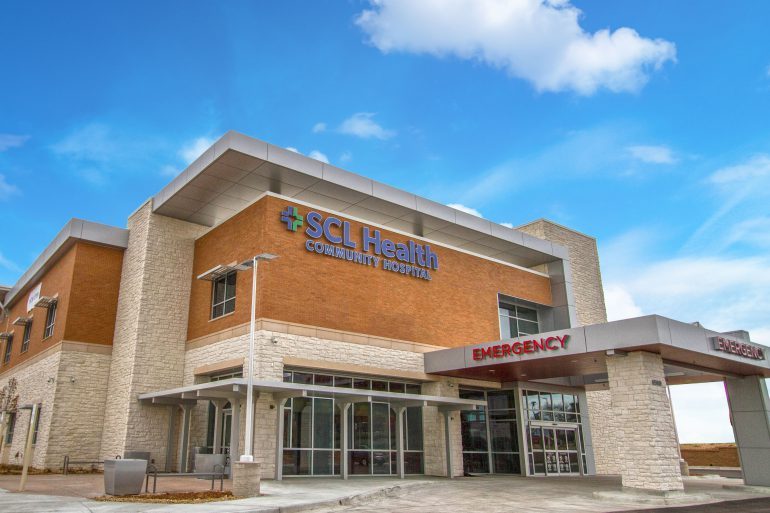Eyeing fast-growing urban and suburban markets where demand for health care services is outstripping supply, some health care systems are opening tiny, full-service hospitals with comprehensive emergency services but often fewer than a dozen inpatient beds.
These “microhospitals” provide residents quicker access to emergency care, and they may also offer outpatient surgery, primary care and other services. They are generally affiliated with larger health care systems, which can use the smaller facility to expand in an area without incurring the cost of a full-scale hospital. So far, they are being developed primarily in a few states — Texas, Colorado, Nevada and Arizona.
“The big opportunity for these is for health systems that want to establish a strong foothold in a really attractive market,” said Fred Bentley, a vice president at the Center for Payment & Delivery Innovation at Avalere Health. “If you’re an affluent consumer and you need services, they can fill a need.”
SCL Health has two microhospitals operating in the Denver metropolitan area and another two in the works. Microhospitals “are helping us deliver hospital services closer to home, and in a way that is more appropriately sized for the population compared to larger, more complex facilities,” said spokesman Brian Newsome.
The concept is appealing, and some people suggest they should be developed in rural or medically underserved areas where the need for services is great.

